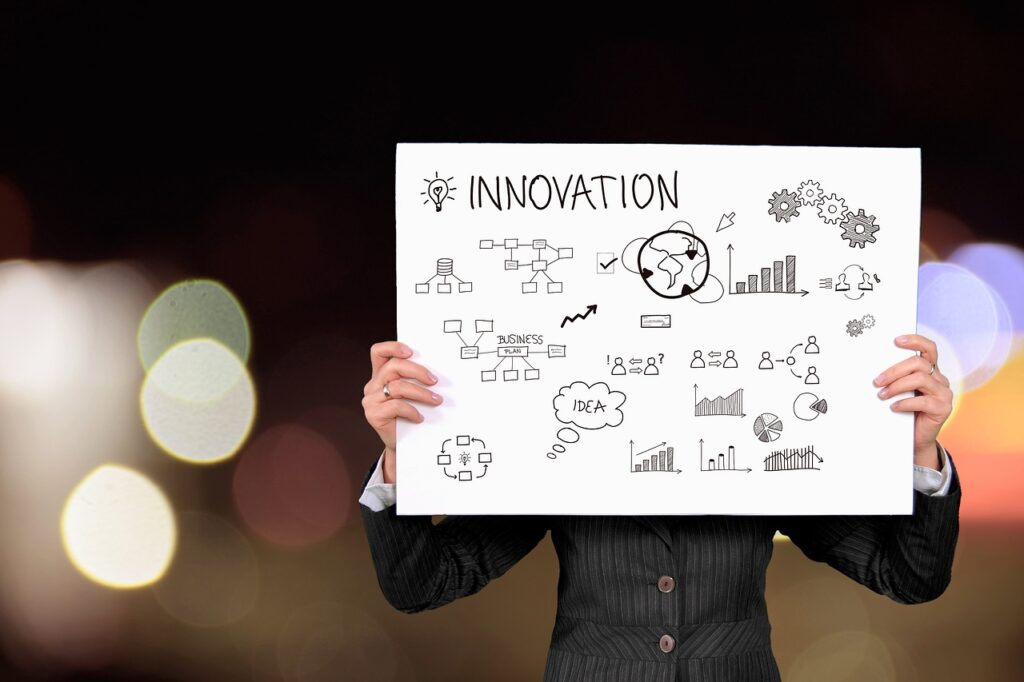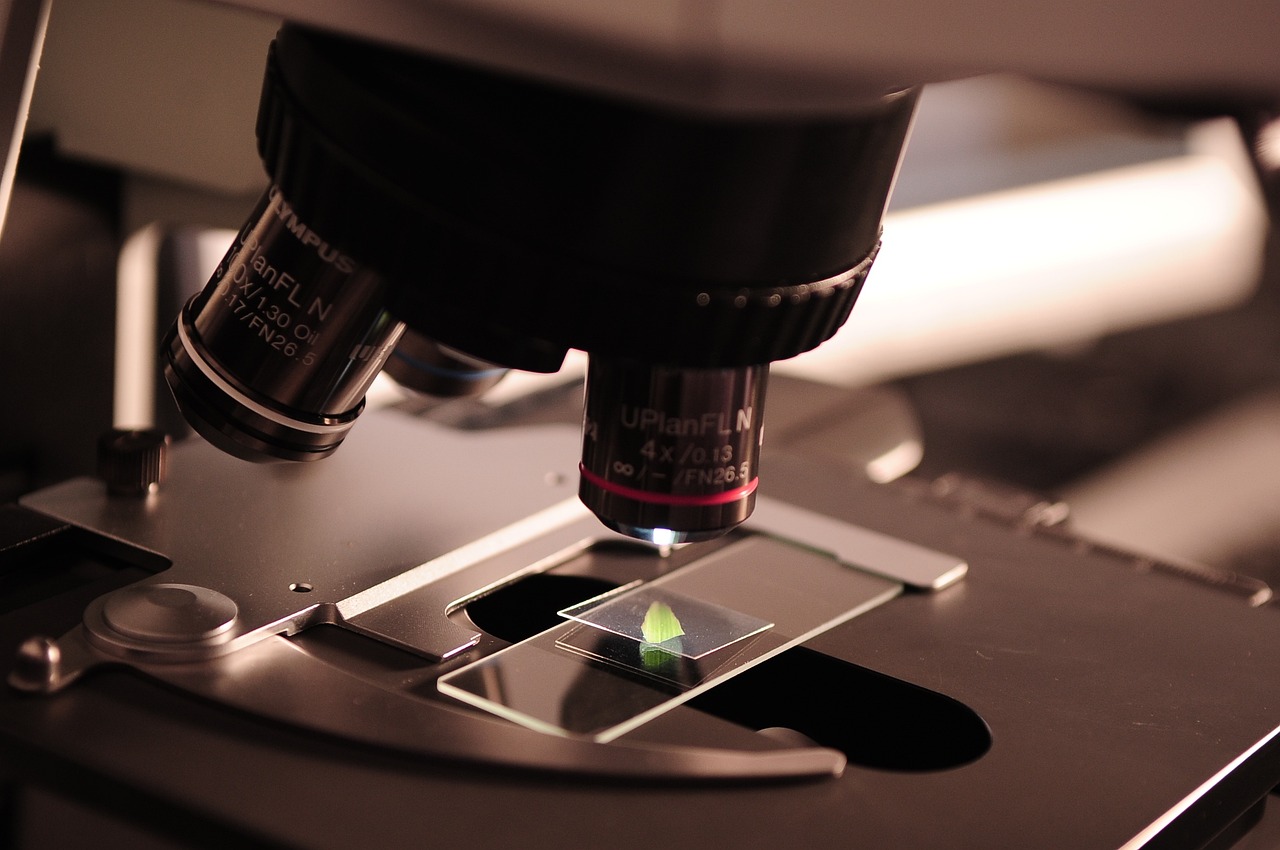In the dynamic and high-stakes world of biotechnology and pharmaceuticals, patents are the currency of innovation and the lifeblood of industry players. These patents encompass groundbreaking discoveries, cutting-edge therapies, and innovative drug formulations that have the potential to transform healthcare. However, valuing biotech and pharma patents is a complex and multifaceted endeavor, riddled with unique challenges. In this in-depth exploration, we delve into the intricate process of valuing biotech and pharma patents, shedding light on methodologies, complexities, and strategic implications that underpin the assessment of these critical assets.
The Significance of Biotech and Pharma Patents
Biotech and pharma patents are the bedrock of medical progress. They represent the discoveries, innovations, and formulations that drive advancements in healthcare. From groundbreaking therapies that treat rare diseases to game-changing vaccines that safeguard public health, these patents hold the keys to a healthier and more prosperous future. In essence, they are the embodiment of scientific ingenuity, transforming laboratory breakthroughs into real-world solutions that improve and save lives.

Innovation in biotech and pharmaceuticals is not just a matter of financial gain; it’s a matter of life and death. These patents are the conduits through which innovation flows, providing not only legal protection but also a path to market. They are the vital instruments for companies to translate research into lifesaving products. The value of biotech and pharma patents transcends monetary assessments; it is the value of innovation, the promise of medical progress, and the hope of healthier, longer lives.
The Strategic Role of Biotech and Pharma Patents
Biotech and pharma patents play a multifaceted role in the industry:
Monetization: Monetizing biotech and pharma patents is not just about turning intellectual property into revenue; it’s about realizing the substantial investments made in research and development. Companies can tap into a diverse range of revenue streams by licensing their patents to other businesses or selling them directly. This monetization strategy offers a lifeline for businesses that have poured extensive resources into the development of new therapies. It allows them to recoup their investments, fund further research, and ensure the sustainability of their innovative efforts. Moreover, it fosters collaboration within the industry, encouraging the exchange of knowledge and technologies, ultimately driving progress in medical science.
Market Expansion: The strategic implications of licensing or acquiring biotech and pharma patents extend beyond mere revenue generation. They open doors to new markets and therapeutic areas, creating a pathway for companies to diversify their product portfolios and enhance their competitiveness. This diversification not only expands revenue streams but also offers a strategic advantage in a sector characterized by fierce competition. Companies can leverage their newly acquired patents to tap into uncharted territories, address unmet medical needs, and contribute to the well-being of patients worldwide. Market expansion through patents is a visionary move that redefines a company’s role in healthcare and positions it for sustainable growth.
Innovation Acceleration: Innovation is the lifeblood of the biotech and pharma industry, and patents are the vessels through which innovation flows. Biotech and pharma patents often represent the zenith of medical science, encapsulating the latest breakthroughs and discoveries. Licensing or acquiring these patents isn’t just a transaction; it’s a catalyst for innovation acceleration. Companies gain immediate access to cutting-edge technologies and medical insights, enabling them to expedite research and development processes. This acceleration can translate into faster development of novel therapies, vaccines, and medical products, ultimately saving lives and improving healthcare outcomes. Innovation acceleration through patents is a testament to the industry’s commitment to progress and a testament to the relentless pursuit of medical advancements.
Risk Mitigation: In an industry as complex and competitive as biotech and pharma, the value of legal protection cannot be overstated. Patents act as a robust legal shield against intellectual property infringements, guarding a company’s competitive position and the integrity of its innovations. The risk mitigation aspect of patents goes beyond financial considerations; it safeguards a company’s mission to advance healthcare. By deterring potential infringers and providing a legal basis for defending intellectual property, patents contribute to the stability and security of the biotech and pharma sector. This protection ensures that the fruits of research and development efforts remain intact, fostering an environment where innovation can thrive without the constant threat of intellectual property theft. Patents, as a means of risk mitigation, underpin the sustainability of the industry, fortifying the foundation upon which medical progress is built.
Valuing biotech and pharma patents is a unique challenge. It involves assessing the intrinsic and strategic value of these assets. While financial considerations are essential, the broader implications of these patents on innovation, public health, and market competitiveness must also be taken into account.
Key Factors in Patent Valuation
The Quantitative Aspects of Patent Valuation
Cost Approach
The cost approach to patent valuation involves assessing the expenses incurred in developing and maintaining the patents. This includes research and development costs, clinical trial expenditures, regulatory filing fees, and ongoing maintenance expenses. For newly developed therapies, the cost approach can provide a reasonable baseline value, quantifying the substantial financial investments made in their creation. However, this method has limitations, particularly for mature patents and therapies already on the market. It may not accurately reflect their current market value, which can be substantially higher.
Market Approach
The market approach, often used in conjunction with other valuation methods, relies on comparing the biotech and pharma patents being assessed to similar patents that have been sold, licensed, or traded in the open market. This method leverages real-world transactions to provide insights into the value of the patents. It is particularly valuable for assessing the market’s perception of the patents and their worth in practical scenarios. When applied to biotech and pharma patents, the market approach helps stakeholders gauge the fairness and competitiveness of proposed transactions, offering a real-world benchmark for their value.
Income Approach
The income approach estimates the value of biotech and pharma patents based on their potential to generate revenue. It is a forward-looking method that considers the revenue streams that patents can create through product sales, licensing agreements, or royalties. This approach is highly relevant in the valuation of these patents, as it guides decisions related to their utilization, monetization, and alignment with broader business objectives. It helps stakeholders assess the long-term profitability and strategic significance of the patents being valued.

Qualitative Aspects of Patent Valuation
Niche Market Considerations
Biotech and pharma patents often find their niche in specialized markets with unique dynamics. Valuation must consider the distinct needs, demands, and competitive landscape within these niches. It is essential to understand how the patents fit into these specialized ecosystems to derive an accurate valuation.
Competitive Landscape
The competitive landscape within the biotech and pharma industry profoundly influences the valuation of these patents. Companies operating in this sector can vary widely in size, resources, and product portfolios. Analyzing the competitive landscape is essential for identifying potential infringement risks and opportunities for collaboration. Stakeholders must be aware of the strengths and weaknesses of the patent portfolio being valued and how it aligns with their strategic objectives.
Regulatory Considerations
The biotech and pharma industry is subject to stringent regulatory oversight. Valuation must take into account the regulatory landscape, including the stage of clinical development, the likelihood of regulatory approval, and the potential for market exclusivity granted by regulatory agencies. Understanding how these regulatory factors impact the commercialization and market potential of patents is crucial in assessing their value.
Intellectual Property Portfolio
A thorough evaluation of the entire intellectual property portfolio is essential. This includes not only patents but also considerations of trademarks, trade secrets, and regulatory exclusivity. A comprehensive analysis of the intellectual property assets of a company can provide a more accurate picture of its overall market position and competitive advantage.
Navigating the Challenges of Patent Valuation in Biotech and Pharma
The biotech and pharma industry, spanning therapeutic areas such as oncology, rare diseases, and cardiovascular health, poses diverse challenges and opportunities in patent valuation. Each therapeutic domain introduces unique considerations; for instance, the valuation of a patent in oncology may significantly differ from one in vaccine development. Stakeholders engaging in biotech and pharma patent valuation must grasp the nuances specific to each therapeutic area and tailor their valuation approach accordingly.
Accurately determining the market value of biotech and pharma patents is among the most challenging aspects of patent valuation. The ever-evolving dynamics of market forces, competition, and regulatory changes make it difficult to ascertain the true worth of patents in a rapidly changing environment. Unexpected shifts, such as the emergence of new therapies or changes in healthcare policies, add an additional layer of complexity to the valuation process.
Not all biotech and pharma patents share the same level of significance. Some embody groundbreaking innovations with substantial market potential, while others may face narrower claims or encounter significant regulatory hurdles. Assessing the quality of the patents being valued is crucial, as a robust patent portfolio can be a valuable asset, whereas a weaker one might lead to undervaluation or missed opportunities.
Furthermore, patent valuation, being inherently subjective, involves varying perspectives from different experts and appraisers. Their judgments, experiences, and assumptions may lead to slightly different valuations, introducing a degree of subjectivity and uncertainty into the process. Therefore, it becomes essential for all parties involved to maintain transparency and thoroughness in their valuation methodologies and assumptions to navigate the complexities of biotech and pharma patent valuation effectively.
Managing the Risk of Litigation
The biotech and pharma industry, characterized by its fast-paced and competitive nature, frequently encounters patent litigation due to the valuable intellectual property at stake. In this dynamic environment, patent disputes are not uncommon, and the sector’s susceptibility to such conflicts adds a layer of complexity to the valuation process. In the realm of biotech and pharma patent valuation, stakeholders must navigate the intricate landscape of potential litigation risks to derive accurate and insightful assessments of the valued patents.
Assessing the risk of patent litigation is a pivotal aspect of the valuation process. The consequences of pending or potential lawsuits can significantly impact the overall valuation of patents, leading to unforeseen legal expenses, damages, or even the loss of patent rights. To mitigate these risks, stakeholders must delve into a comprehensive review of the patent-related legal history, examining past disputes and resolutions. This thorough examination helps in understanding the potential challenges and liabilities associated with the patents being valued.
In this context, the role of the United States Patent and Trademark Office (USPTO) is crucial. As the primary authority responsible for granting patents and managing the legal framework surrounding them, the USPTO plays a pivotal role in shaping the landscape of patent litigation. Insights into the USPTO’s actions, such as patent grants, rejections, or challenges, provide valuable information for stakeholders engaged in patent valuation.
Moreover, the integration of Artificial Intelligence (AI) tools in this process enhances the ability to assess and predict potential litigation risks. AI-driven analytics can delve deep into vast datasets, identifying patterns and trends in patent-related legal histories. This proactive approach enables stakeholders to anticipate potential challenges and make informed decisions, contributing to a more comprehensive and robust biotech and pharma patent valuation.
Strategic Implications of Biotech and Pharma Patent Valuation
Biotech and pharma patents transcend mere assets; they are strategic tools essential for gaining a competitive advantage. Stakeholders engaged in the valuation process must devise a clear plan outlining how these valued patents will be strategically utilized to strengthen market positions, drive innovation, and generate revenue. Whether through product development, partnership agreements, or licensing to third parties, patents should form the cornerstone of a comprehensive strategy for success within the dynamic biotech and pharma industry.
The security of intellectual property emerges as a paramount concern post biotech and pharma patent valuation. Stakeholders are tasked with ensuring that the valued patents receive robust protection against infringement and unauthorized use. This may necessitate the enforcement of patents through legal means or the implementation of comprehensive intellectual property management practices, ensuring the safeguarding of these crucial assets.
In the ever-evolving landscape of the biotech and pharma industry, the competitive arena is in constant flux. Stakeholders engaged in patent valuation within this dynamic sector must remain vigilant. Continuous monitoring of the competitive environment is essential, and stakeholders must adapt their patent strategy to maintain a competitive edge. This adaptability may involve acquiring additional patents, forming new partnerships, or entering into licensing agreements to align with the rapid changes within the industry.

Conclusion
The valuation of biotech and pharma patents is a formidable undertaking, requiring a deep understanding of the nuances, complexities, and strategic implications that define this high-stakes industry. It’s not merely a financial exercise but a journey through the intricate landscape of innovation, healthcare, and intellectual property. By navigating the challenges, assessing the quality of patents, and leveraging these assets strategically, stakeholders in the biotech and pharma sector can ensure that the true worth of their patents is recognized and that their innovations continue to drive progress in healthcare and improve lives around the world. In a field where every discovery has the potential to save lives, biotech and pharma patent valuation is more than a calculation; it’s a vital compass guiding the way toward a healthier future.

Leave a Reply